Table of Contents
In a world where exclusivity, aspiration, and unbridled quality take center stage, luxury marketing stands out as a distinct and compelling field of expertise. Luxury brands have mastered the art of seduction, compelling discerning consumers to invest in more than just products or services—they invest in experiences, emotions, and a sense of belonging to an elite world. These brands craft narratives that transcend the mere transaction, telling stories of heritage, craftsmanship, and sophistication. They leverage the power of social media and immersive events to engage their audience and maintain a consistent brand image that is nothing short of impeccable.
In this article, we delve into the captivating domain of luxury marketing, exploring its defining features, strategies, and the art of resonating with a clientele that seeks more than just possessions. Welcome to the world of luxury, where marketing is not just a function but an art form, and where the brand is more than a label; it’s an experience.
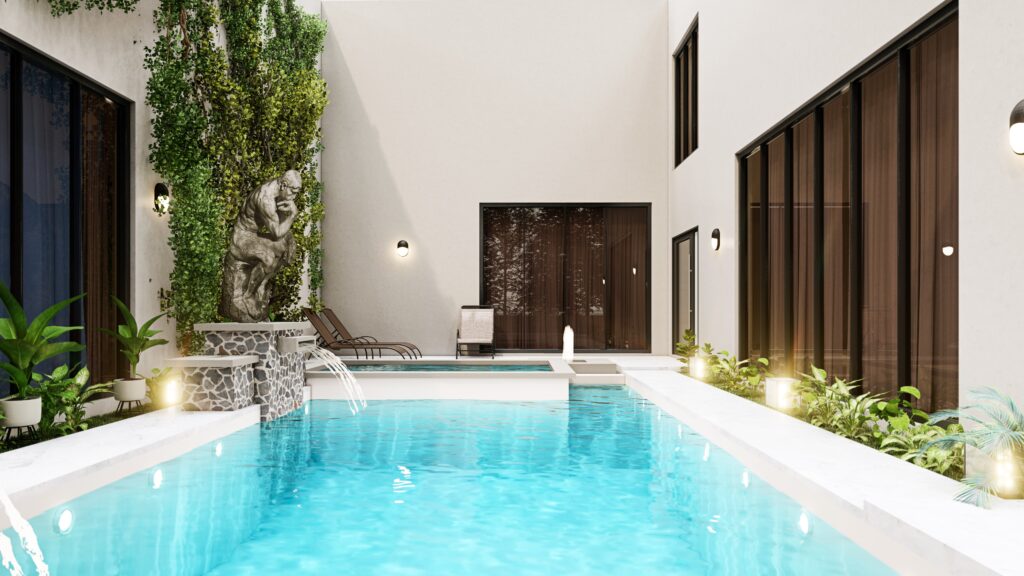
Unlocking the Luxury Marketing Elegance
At its essence, luxury marketing is an artful approach that centers on promoting and showcasing products or services of the utmost prestige and refinement. It involves directing your marketing endeavors toward an exclusive, discerning audience, ready to invest substantially in exchange for unparalleled sophistication and distinction. Imagine it as orchestrating an opulent gala featuring the most exquisite masterpieces, rather than a bustling open-market event. In the world of luxury marketing, the aim is to create a space where aspiration meets unparalleled quality and exclusivity.
The Mastery of Showcasing the Exceptional
In luxury marketing, the essence lies in presenting products or services that hold an exceptional allure, demanding premium prices for their distinctiveness, quality, and exclusivity. These are offerings tailored for individuals who seek the finest and are willing to invest in excellence. To illustrate, here are a few compelling instances:
- Luxury Watches: Brands like Rolex and Patek Philippe are known for their luxury timepieces, which can cost tens of thousands or even millions of dollars.
- High-End Real Estate: Exclusive penthouses in prime locations or sprawling estates with breathtaking views fall under this category.
- Business Consulting: Top-tier business consultants who provide invaluable advice to big corporations or entrepreneurs embarking on ambitious ventures.
- Bespoke Fine Dining Experiences: Indulgent culinary journeys meticulously curated by renowned chefs for those seeking exceptional gastronomic adventures.
- Personalized Luxury Travel Experiences: Tailored travel itineraries and concierge services that offer exclusive access to private resorts, cultural immersions, and adventure expeditions for travelers seeking the pinnacle of exploration and relaxation.
Embarking on the Luxury Sales Journey: An In-Depth Exploration
The concept of the luxury sales journey plays a pivotal role in the realm of luxury marketing, serving as an indispensable tool for brands offering high-end products and services. It’s a meticulously designed and curated process focused on guiding potential customers through an exclusive and personalized expedition, ultimately culminating in the acquisition of a premium offering. In this journey, the initial stage revolves around creating awareness, a critical step that sets the foundation for all that follows.
Louis Vuitton’s Exclusive Fashion Shows
To illustrate this, let’s delve into a remarkable example: Louis Vuitton, a renowned luxury fashion brand celebrated for its mastery in creating awareness around its high-end products. They employ exclusive fashion shows as a cornerstone to captivate potential customers and forge a profound connection with their brand.
Louis Vuitton’s runway shows are highly anticipated, exclusive events often hosted in iconic venues worldwide, such as the Louvre in Paris or the TWA Flight Center at JFK Airport. These shows are strictly invitation-only, boasting a meticulously curated guest list including celebrities, fashion influencers, and esteemed clients.
The ambiance at these events is an art form in itself, designed with meticulous attention to detail to exude the brand’s signature elegance and sophistication. Elaborate stage setups, dramatic lighting, and immersive soundscapes create an atmosphere that is both alluring and unforgettable.
One of the key elements that differentiates Louis Vuitton’s approach is captivating storytelling. Each collection is presented as a unique narrative, often drawing inspiration from art, travel, or culture. Models gracefully strut down the runway adorned in meticulously crafted ensembles, transporting the audience into the captivating world envisioned by Louis Vuitton for that season.
Louis Vuitton also strategically collaborates with artists and designers, infusing fresh perspectives into their collections. These collaborations generate buzz and intrigue, expanding the brand’s reach and influence.
The media coverage of the event is extensive, featuring prominently in high-end fashion publications and engaging influential figures within the fashion industry. Social media platforms buzz with images and videos, extending the reach of the event to a global audience.
By the event’s conclusion, attendees aren’t just aware of the latest collection; they are emotionally connected to the brand’s vision, craftsmanship, and the enchanting world of Louis Vuitton. This emotional connection sets the stage for potential customers to embark on a journey, ultimately becoming satisfied customers who cherish not just a fashion item but a piece of art and culture intricately associated with the brand.
Elevating Luxury Brand Awareness: The Strategy Behind Louis Vuitton’s Exclusive Fashion Shows
Now, shifting our focus to Louis Vuitton’s exclusive fashion shows, let’s explore the intricate world of luxury marketing in action:
During the awareness stage, Louis Vuitton’s primary goal is to create awareness of their high-end fashion products, particularly the latest collection. They accomplish this through a series of precisely orchestrated strategies:
- Exclusive Events: The exclusive fashion shows held in iconic venues create a sense of exclusivity and anticipation. These events are invitation-only and are specifically targeted at a select audience, which includes celebrities, fashion influencers, and esteemed clients.
- Captivating Storytelling: Each collection is presented as a unique narrative, often inspired by art, travel, or culture. This storytelling approach helps create an emotional connection between the audience and the fashion pieces, making potential customers feel like they are part of a larger narrative.
- Immersive Atmosphere: The ambiance of these events is meticulously designed to reflect the brand’s elegance and sophistication. This immersive experience sets the stage for an emotional connection. The use of elaborate stage setups, dramatic lighting, and soundscapes enhances the overall atmosphere.
- Strategic Collaborations: Louis Vuitton collaborates with artists and designers to infuse fresh perspectives into their collections. These collaborations generate interest and excitement, extending the brand’s reach.
- Media Coverage and Influencers: Extensive media coverage in high-end fashion publications, along with endorsements from influential figures in the fashion industry, helps in creating buzz and intrigue around the event. Social media plays a crucial role in sharing images and videos, reaching a global audience.
The description and analysis of Louis Vuitton’s exclusive fashion show, encompassing all stages of this meticulously planned event, serves to generate a profound desire for Louis Vuitton’s high-end fashion products. Potential customers, whether they attend the event in person or follow it online, don’t merely gain awareness of the new collection; they establish an emotional connection to the brand’s vision, craftsmanship, and the world embodied by the brand.
The Luxury Brand Playbook: Exclusivity, Storytelling, and Engagement Tactics
Luxury brands continually attract and maintain the interest of potential customers through a combination of strategies:
Exclusivity
Luxury brands maintain an aura of exclusivity by limiting access to their products or services, creating a sense of privilege and desirability.
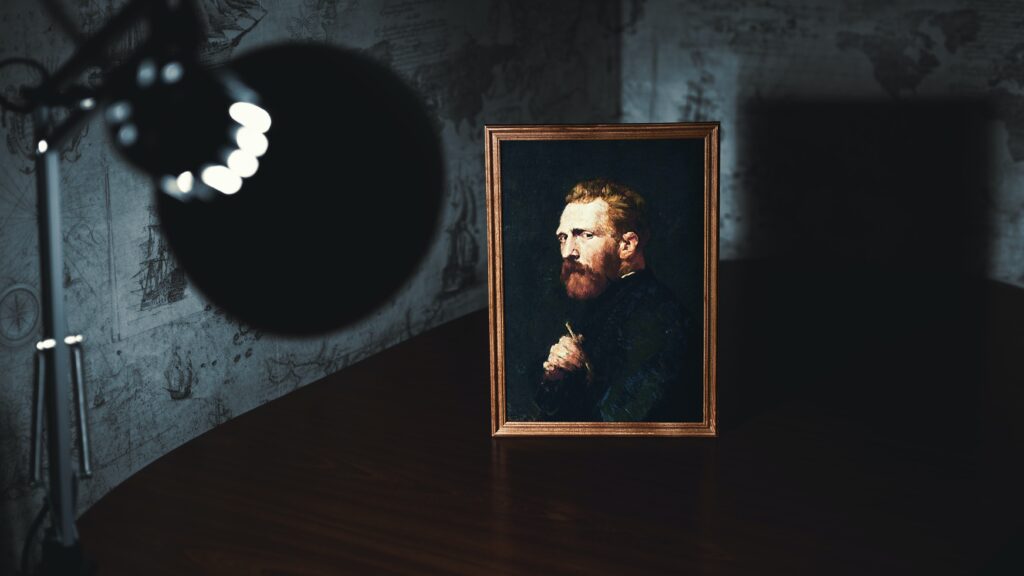
Example: Exclusive Art Auctions
High-end art auction houses are masters of exclusivity. They host exclusive art auctions featuring rare and valuable artworks that are only accessible to a select group of collectors, investors, and art connoisseurs. These events are not open to the general public and often require an invitation or membership to participate. By limiting access to these exclusive art auctions, auction houses create a sense of privilege and desirability, making potential buyers feel like they are part of an elite community of art enthusiasts.
This example demonstrates how luxury brands in the art world use exclusivity to maintain the allure of their offerings, much like luxury fashion brands do with exclusive fashion shows.
Storytelling
In the world of luxury sales, especially in luxury watch marketing, storytelling plays a pivotal role. It’s not just about selling a product; it’s about creating an emotional connection with the customer. Luxury watchmakers are masters at crafting captivating narratives around their timepieces. They delve into the intricate craftsmanship and the rich history behind each watch.
Why Storytelling Matters:
By narrating the journey of a timepiece, brands take customers on an immersive experience. They unveil the precision, heritage, and dedication that go into every watch. These stories transport customers through time, allowing them to appreciate the brand’s evolution over the years.
Stirring Emotions:
The storytelling isn’t just about facts and features; it’s poetry in motion. It tugs at the heartstrings, making customers feel proud and humbled to own a piece of history. It’s not just about owning a watch; it’s about embracing a legacy.
The Omega Example
For instance, the Omega video ad brilliantly encapsulates the art of storytelling. The viewers describe it as pure art, poetic, and touching. The ad doesn’t just showcase watches; it transports you into Omega’s world of precision, engineering, and heritage.
The Omega ad “Explore the magic of OMEGA’s movements” immerses viewers in the intricate world of Omega’s watch movements through a masterful blend of visual storytelling and evocative music. It offers a close-up exploration of Omega’s precision craftsmanship, showcasing delicate gears, springs, and jewels that power their timepieces. Slow-motion cinematography enhances the mesmerizing dance of mechanical parts, creating a hypnotic effect. The enchanting soundtrack, combining classical and modern elements, fosters an emotional connection with Omega’s artistry. Subtle logo integration reinforces the brand’s dedication to excellence.
This ad beautifully encapsulates Omega’s watchmaking artistry, inviting viewers to appreciate the precision and beauty within each timepiece.
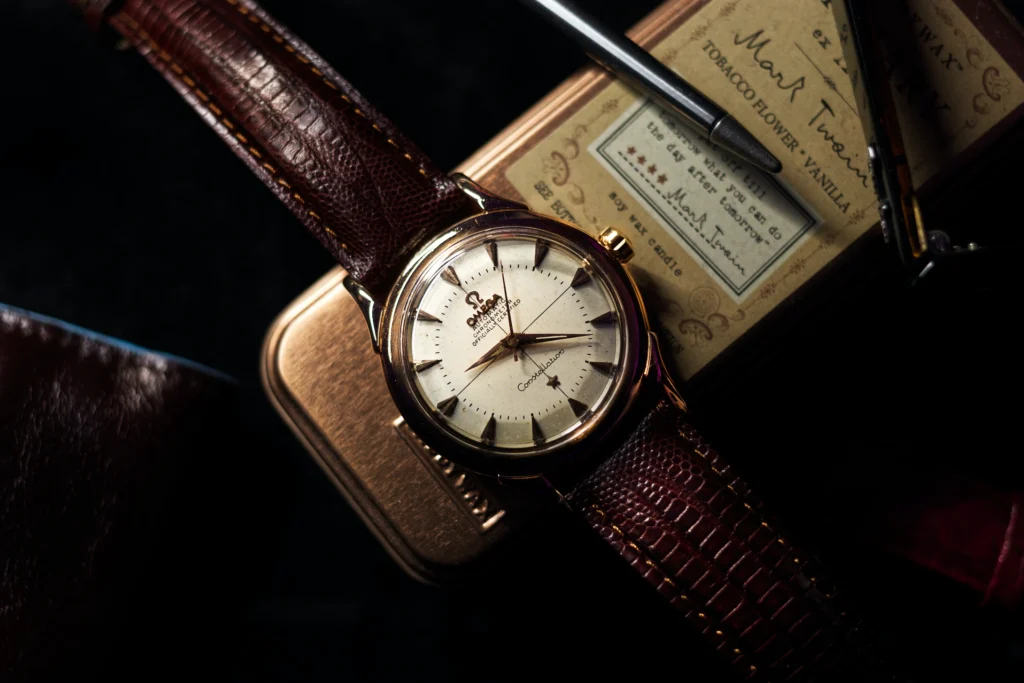
The ad “Explore the magic of OMEGA’s movements” exemplifies several key elements of luxury marketing:
- Craftsmanship and Artistry: Luxury marketing often highlights the impeccable craftsmanship and artistry that go into creating high-end products. In this ad, Omega showcases the intricate watch movements, emphasizing the precision and attention to detail that sets their timepieces apart. This focus on craftsmanship is a common theme in luxury marketing, as it conveys the brand’s commitment to excellence.
- Storytelling: Storytelling is a fundamental aspect of luxury marketing. The ad portrays Omega watches not just as timekeeping devices but as pieces of art with a rich history and legacy. It weaves a narrative around the watch movements, inviting viewers to connect with the brand on a deeper level. Effective storytelling is a powerful tool for luxury brands to create emotional connections with their audience.
- Emotion and Elegance: Luxury marketing often evokes emotions and a sense of elegance. The slow-motion cinematography, combined with a captivating soundtrack, creates a mesmerizing and emotional experience for viewers. Luxury brands aim to make their audience feel a sense of wonder and appreciation, which this ad successfully achieves.
- Brand Recognition: Luxury marketing frequently incorporates subtle but effective brand recognition. Throughout the ad, Omega’s logo is discreetly integrated into the scenes, reinforcing the brand’s identity and legacy. Brand recognition is essential for luxury brands to maintain their exclusivity and reputation.
- Exclusive Appeal: Luxury marketing often emphasizes exclusivity, and this ad is no exception. It invites viewers to explore the “magic” within Omega’s movements, positioning Omega as a brand that offers a unique and exclusive experience. The choice of imagery and cinematography reinforces the sense of exclusivity associated with high-end timepieces.
Influencer Partnerships
Luxury perfume brands employ influencer partnerships as a pivotal strategy to enhance their brand presence and connect with their audience on a deeper level. Renowned fragrance influencers and celebrities are selectively chosen to collaborate on exclusive, limited-edition scents. These influencers, backed by their authentic appreciation for the brand, become essential ambassadors, effectively amplifying the brand’s allure and prestige. They share their experiences and endorsements with their dedicated followers, creating a ripple effect that extends the brand’s reach.
The video ad “New Idôle Now,” starring Zendaya and crafted by Lancôme, serves as a prime example of the influencer partnership approach within luxury marketing. This captivating advertisement brilliantly integrates elements that align with the very essence of luxury and sophistication.
The ad commences by emanating a strong sense of empowerment, with Zendaya exuding confidence and determination. Her commanding presence not only showcases the fragrance’s allure but also mirrors the qualities Lancôme aims to associate with its audience. In luxury marketing, empowerment and self-assuredness are recurring themes, as they resonate with individuals who seek not only high-end products but also the sense of empowerment that comes with them.
“New Idôle Now” is an exquisite and empowering ad that seamlessly conveys the message that Lancôme’s Idôle Eau de Parfum transcends being just a fragrance; it is a symbol of strength, empowerment, and aspiration. This dynamic alignment with the core principles of luxury marketing underscores the brand’s commitment to creating an emotional connection with its audience and fostering a profound sense of exclusivity. The utilization of a highly influential celebrity like Zendaya in this context beautifully exemplifies the effectiveness of influencer partnerships in the realm of luxury marketing.
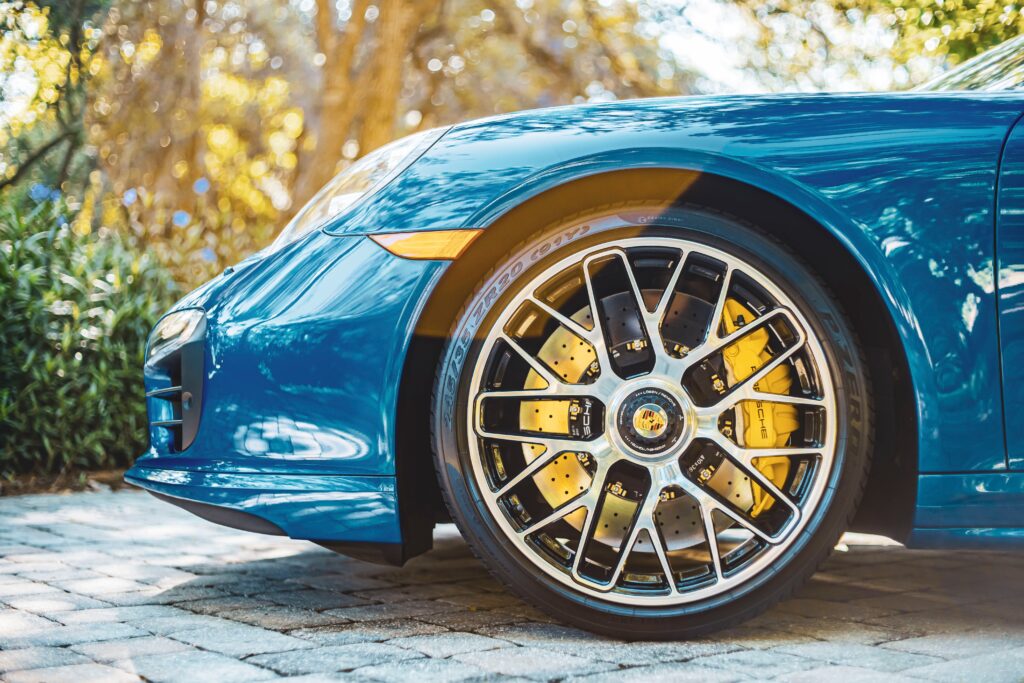
Immersive Experiences
Creating immersive brand experiences through exclusive events, pop-up shops, and interactive exhibitions, engaging customers on a deeper level. High-end automobile manufacturers organize exclusive test-drive events at picturesque locations, allowing potential buyers to experience the thrill and luxury of driving their vehicles firsthand.
Porsche’s Northeast Tour: An Exclusive Fall Driving Experience
The Porsche Travel Experience Northeast Tour offers a distinctive luxury driving event set against the picturesque backdrop of New England’s fall splendor. This seasonal transition, marked by vibrant foliage, forms the ideal stage for this exclusive journey.
Commencing in Lake George, New York, and concluding in Vermont, the tour includes notable stops in Lake Placid and Adirondack Park. It is guided by Porsche’s team of experienced instructors from the Porsche Track Experience, ensuring participants enjoy not only the exceptional Porsche vehicles but also the picturesque routes.
This marketing strategy by Porsche blends the beauty of nature with the allure of high-end automobiles to create a profound brand experience. By employing an invitation-only model, Porsche fosters a sense of exclusivity, aligning with the luxury brand’s image. Furthermore, the active participation of Porsche Track Experience instructors enhances the brand’s commitment to safety, precision, and the art of driving.
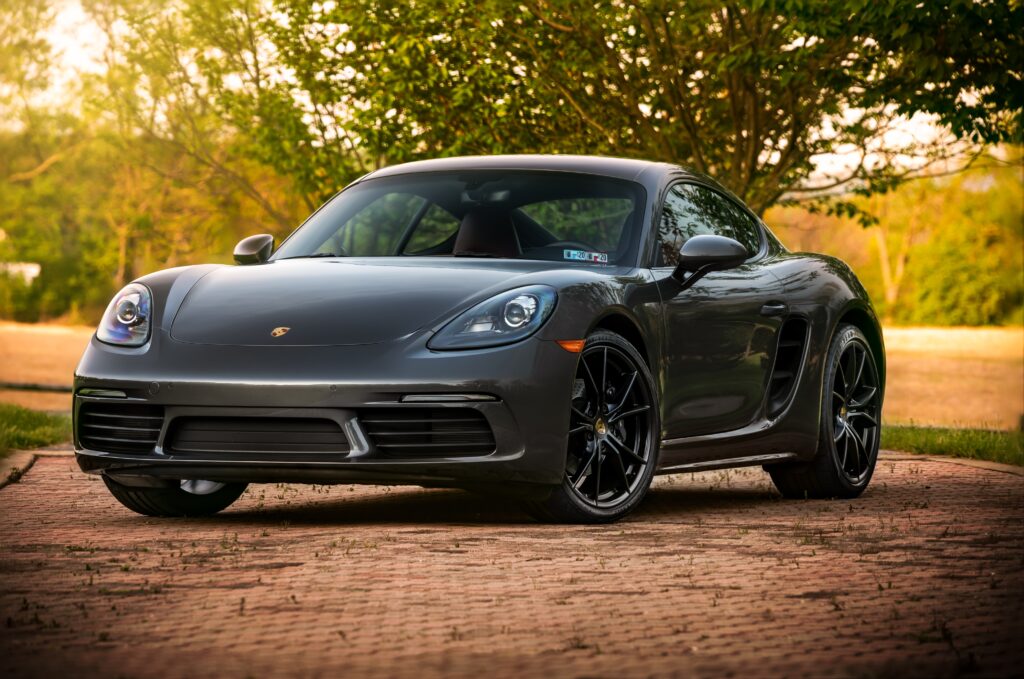
Porsche’s approach resonates deeply with luxury marketing principles. It underlines that luxury is not just about owning a product; it is about the emotions and experiences a brand can deliver. The Northeast Tour serves as a prime example of how luxury brands craft unique experiences, strengthening their connection with discerning consumers. In the world of high-end automobiles, Porsche excels at tapping into the desires of luxury car enthusiasts. Through this carefully designed experience, Porsche successfully communicates its brand identity, solidifying its position as a luxury automotive leader.
Social Media Engagement
Leveraging visually appealing content on social media platforms to maintain a strong online presence and interact with their audience.
Luxury jewelry brands use platforms like Instagram to share high-quality images of their products. They also engage with their audience by hosting live Q&A sessions with designers, providing insights into the design process.
Innovative Marketing
Utilizing cutting-edge marketing strategies, luxury brands deploy innovative techniques like virtual reality (VR) tours and podcasts to engage and educate prospective customers. For instance, luxury real estate developers harness the power of virtual reality (VR) to offer immersive property tours. This enables potential buyers to remotely explore opulent penthouses and grand estates, providing an enticing preview without physically visiting the locations. In the world of high-end fashion, luxury brands venture into podcast production, delivering a unique behind-the-scenes perspective. They feature interviews with celebrated designers, granting audiences an exclusive glimpse into the creative journey that defines their collections.
By combining these strategies, luxury brands not only attract the interest of potential customers but also cultivate lasting relationships and brand loyalty within their discerning clientele.
Strategies in Pricing for Luxury Brands
Pricing in the world of luxury is an art form, intricately woven into the fabric of exclusivity, perceived value, and profitability. Luxury brands employ a range of pricing strategies that align with their unique positioning and discerning target audience. Let’s delve into these strategies and understand how they connect with the essence of luxury.
Premium Pricing
At the heart of the luxury industry, a fundamental principle reigns supreme—premium pricing. This strategic approach involves setting prices that significantly surpass production costs, with the intent to convey exclusivity and prestige. In the world of high-end brands, customers not only accept but embrace this practice willingly. They understand that by paying a premium, they gain access to products or services that embody superior quality, craftsmanship, and a level of refinement that goes beyond the ordinary. For them, it’s not just a purchase; it’s a statement of their discerning taste and the privilege of associating with a brand that epitomizes excellence.

Value-Based Pricing
Value-Based Pricing stands as another cornerstone in the world of luxury brands. Here, the price of a product or service isn’t arbitrarily set but meticulously determined based on its perceived value to the customer. Luxury brands emphasize and accentuate the unique features, exquisite craftsmanship, and unparalleled benefits that justify the high price tag. This pricing strategy goes beyond mere numbers; it’s about showcasing what makes the product or service truly exceptional. Each detail, from the choice of materials to the precision of craftsmanship, is thoughtfully designed to reflect the inherent worth that discerning customers seek in the luxury market.
Skimming Pricing
Skimming Pricing represents another intriguing strategy employed by select luxury brands. With this approach, these brands initially introduce their products or services at notably high price points and then gradually lower them over time. This strategic skimming serves a dual purpose. Firstly, it capitalizes on early adopters who are willing to invest in a product or service at its peak price, attracting customers who relish the exclusivity of being among the first to own it. Secondly, this gradual reduction in price over time makes the luxury offering more accessible to a broader audience while still maintaining the brand’s allure. It’s a delicate balance that ensures both early enthusiasts and those who seek luxury at a slightly more accessible price point can partake in the brand’s exceptional offerings
Penetration Pricing
While less common in the world of luxury, Penetration Pricing is an intriguing strategy that a few select brands have embraced. With this approach, these luxury brands step out of their traditional pricing norms and offer entry-level luxury products at more accessible, lower price points. The goal here is to entice and attract new customers who may not have initially considered the brand due to the perceived high costs. By introducing them to the world of luxury with these entry-level offerings, luxury brands lay the foundation for upselling higher-priced items later. It’s a strategic maneuver that expands the brand’s reach while maintaining a commitment to quality and prestige, ensuring that even those new to the luxury market can experience a taste of opulence.
Limited Editions and Exclusivity
Luxury brands have mastered the art of enchanting their enthusiasts through the introduction of Limited Editions, a strategy that commands premium prices. These exclusive and coveted items are treasures of rarity, designed to captivate and enthrall collectors and aficionados alike. Whether it’s a unique timepiece, a limited-edition fashion line, or a rare collectible, the allure of these exclusive offerings lies in their scarcity. Luxury enthusiasts are drawn to the opportunity to own a piece of artistry and craftsmanship that few others possess, making these limited editions a symbol of their discerning taste and a testament to the brand’s dedication to exclusivity and desirability.
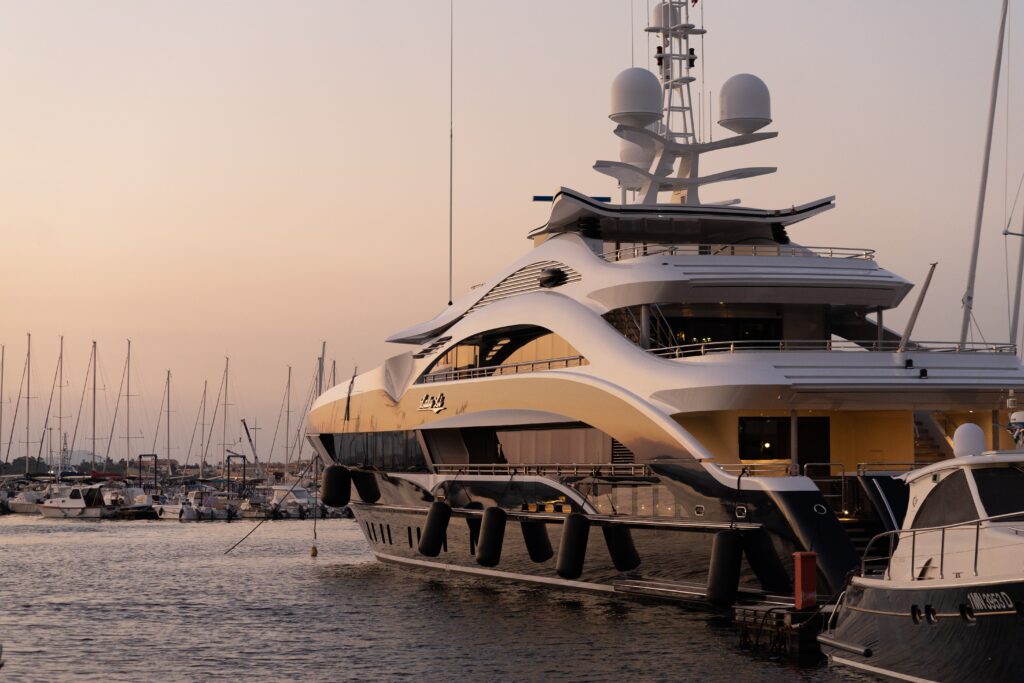
Price Maintenance
Price Maintenance is a fundamental practice within the world of luxury marketing, where consistency and stability reign supreme. Luxury brands understand the importance of maintaining unchanging prices over time, as it upholds the perception of enduring value and reliability. The emphasis here is on consistency, ensuring that customers can trust in the unwavering commitment to the brand’s standards of quality and prestige. Unlike many other markets where frequent discounts are commonplace, luxury brands typically avoid such practices, as they recognize that a constant, premium price reinforces the enduring allure of their offerings, assuring customers that the value they seek remains resolute.
Brand Tiers and Segmentation
The strategy of Brand Tiers and Segmentation is a savvy approach embraced by select brands. Recognizing the diverse spectrum of customers with varying tastes and preferences, these brands offer products at different price tiers, creating a tiered hierarchy of exclusivity. This tactic not only caters to a wider range of customers but also enables market expansion while preserving the essential element of exclusivity. By providing options that align with different segments of the market, luxury brands ensure that a broader audience can access and engage with their offerings, each in their own distinctive way. It’s a strategy that exemplifies the delicate balance of reaching a diverse clientele while preserving the brand’s core values of prestige and desirability.
Pricing for Personalization
Pricing for Personalization is a pinnacle of bespoke indulgence. Luxury brands recognize that their discerning customers seek not only exceptional products but also the opportunity to make them their own. As such, these brands command premium prices for the privilege of personalization, allowing customers to tailor products to their unique preferences. Whether it’s a custom-tailored suit, an intricately designed piece of jewelry, or a personalized automobile configuration, the essence of bespoke luxury lies in these unique, made-to-order experiences. By offering personalization at a premium, luxury brands honor the individuality and aspirations of their customers, cementing their reputation as purveyors of truly one-of-a-kind experiences.
Anchor Pricing
Anchor Pricing is a strategic approach that showcases the fine art of pricing dynamics. Luxury brands employ this technique by introducing flagship products with notably high price points, serving as the anchors for their overall pricing strategy. These elevated anchor prices not only signify the pinnacle of luxury within the brand’s range but also play a psychological role. By presenting such premium offerings, luxury brands can subtly influence the perception of value across their entire portfolio. In doing so, other products or services appear more attainable by comparison. This strategic maneuver allows luxury brands to maintain an aura of exclusivity while also broadening the range of offerings, catering to a diverse clientele who can appreciate the brand’s essence of luxury at various price points.
Experiential Pricing
The concept of Experiential Pricing takes center stage. Luxury brands understand that their value proposition extends beyond products and services; it’s about crafting unforgettable experiences. Experiential Pricing exemplifies this by pricing offerings based on the exceptional experiences they deliver. Consider the premium rates associated with exclusive resort amenities, where guests are not merely paying for a room but for the lavish experiences, impeccable service, and unique privileges that accompany their stay. Luxury isn’t just a product; it’s a holistic experience, and luxury brands capitalize on this by placing a premium on the experiences they curate. It’s a testament to their commitment to offering not just possessions but memorable moments that define the pinnacle of indulgence and exclusivity.
In the world of luxury pricing, each strategy is carefully considered to maintain allure and the perception of exclusivity. While these strategies may evolve, the core principle remains steadfast: luxury pricing is about selling not just a product or service but an immersive experience, a symbol of status, and an invitation to an exclusive club. It’s where the art of pricing meets the art of luxury.
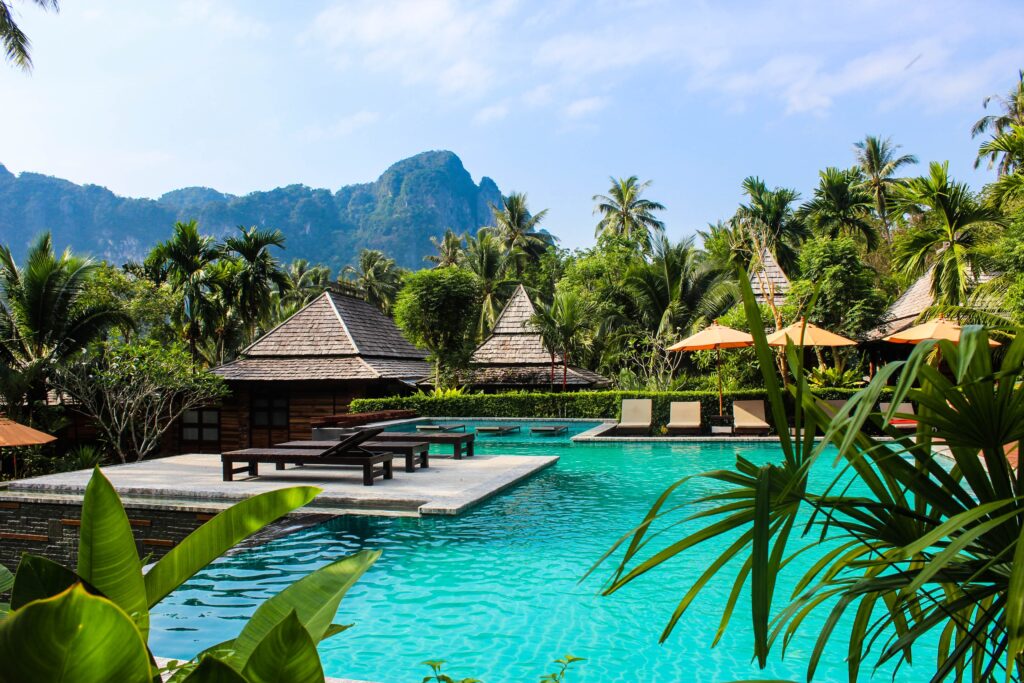
Wrapping Up: Luxury Marketing Unveiled
In summary, luxury marketing is the art of crafting an extraordinary experience for discerning customers who seek products or services of the highest quality, exclusivity, and prestige. It’s the bridge between aspiration and reality, allowing brands to showcase their mastery in delivering excellence and artistry. Luxury marketing is essential because it not only drives desire but also nurtures an emotional connection between brands and customers, fostering loyalty that transcends transactional relationships. Through luxury marketing, brands can achieve exclusivity, build strong brand identities, and establish themselves as purveyors of exceptional craftsmanship.
To succeed in luxury marketing, a strategic approach is vital. Brands must meticulously design immersive experiences, create compelling brand narratives, engage with influencers who align with their image, and emphasize personalization to cater to individual preferences. By offering a sense of exclusivity and excellence, luxury marketing opens the door to a world where the extraordinary becomes the everyday.
Luxury marketing embodies more than just the exchange of products or services; it signifies the embrace of a unique lifestyle and a commitment to perfection. As luxury brands continue to innovate and adapt to changing desires, they reaffirm their position as gatekeepers of aspiration, guiding us to seek the extraordinary and making each encounter a timeless masterpiece.

Enjoyed the article?
Elevate your business with our expert insights. Subscribe for valuable tips that make a difference!